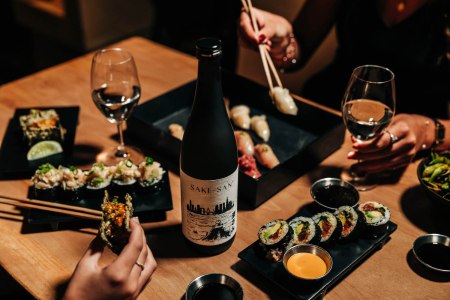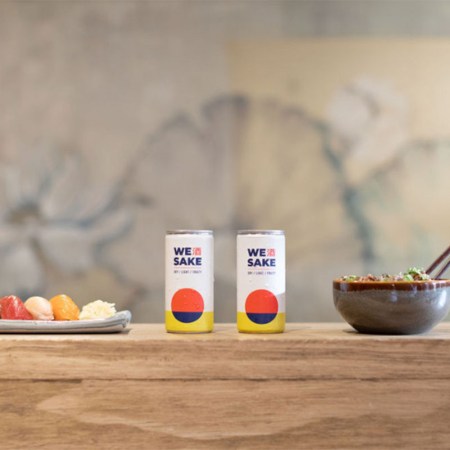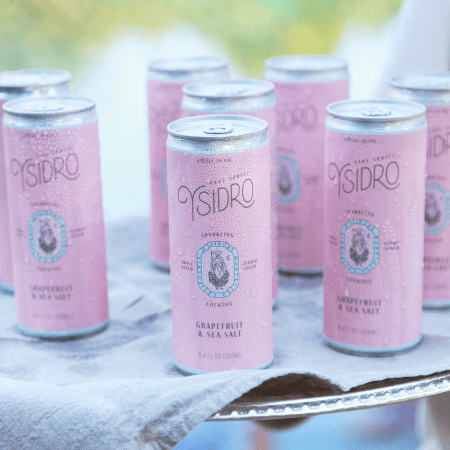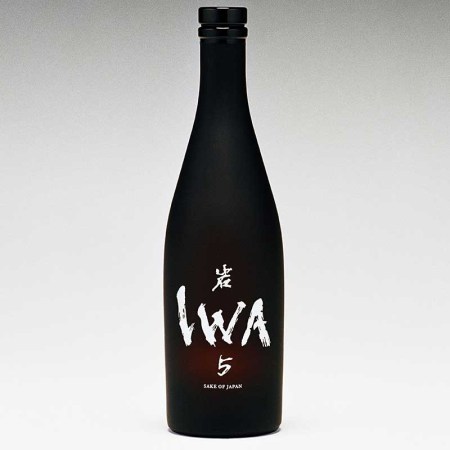The wine list at The Golden Swan, a swank Mediterranean bistro in New York’s West Village, glitters with treasures from Bordeaux and Burgundy, along with choice Italian vintages and Champagnes. But when I order the sole à la meunière, the pairing recommendation for the delicate white fish takes me aback. The waiter, Marco, suggests not the Domaine Couturier Chardonnay I was eyeing, nor any other gorgeous expression of Vitis vinifera from the extensive catalog. Rather, he recommends a pour of Tamano Hikano, sake from an ancient brewery outside Kyoto. He explains that the dry rice wine cuts through the dish’s butter and garlic sauce as cleanly as a crisp chardonnay or riesling, and the citrusy bouquet — sparkles of lemon, yuzu and orange — accentuates the fish’s subtle brininess. After the meal arrives and Marco inquires how I like the combination, it’s all I can do to resist impersonating Julia Child’s swooning over a bite of the classic French seafood dish.
While sushi dinners, steaming bowls of ramen and omakase practically demand copious cups of sake, drinking Japan’s iconic spirit with other cuisines spurs a twinge of cognitive dissonance. Sure, the joys of washing down sashimi or nigiri with sake are undeniable — a fortiori bombing shots of it into foamy glasses of Sapporo — but pairing rice spirits with pasta, foie gras or pizza? The combination seems odd at first. But like fried chicken and Champagne, sake with French or Italian cuisine is a strange marriage that works beautifully.

As a rule of thumb, sake goes well with dishes typically enjoyed with a glass of white wine, Julia Schwartz, the sommelier at Manhattan’s Claud, tells me. Like The Golden Swan, Claud is a high-end French restaurant with an extensive sake menu. “Sakes have similar flavors, acidity and sweetness to white wine, and like white wine, you can generally pair it well with grilled fish, roasted chicken or pork dishes,” she says. Like Marco, Schwartz recommends dry sake to customers who order Claud’s Dover sole. While most Japanese restaurants serve sake in ceramic cups, Schwartz pours the spirit into white wine stemware to appreciate the bouquet fully.
Sake has the same qualities as wine that enhance the taste of food. As with vino, sake’s light acidity and mild alcoholic bite cleanse the palate of fat after each bite, whether from a silky slice of o-toro, a buttery seafood pasta or even pizza. Sake expresses a complex range of flavors that can complement and highlight a wide range of ingredients. A well-paired sake can elevate the taste not only of seafood but even truffles, cheeses and desserts.
A Comprehensive Guide to Decoding a Sake Menu
Chicago sake sommelier Daniel Bennett helps us tell our daiginjo from our koshuWhen matching sake with raw oysters, seafood towers or Italian crudo, look for bottles in the junmai ginjo category, a designation meaning at least 60% of the rice’s exterior layers have been removed before fermentation. The heavily polished rice in junmai ginjo, whittled down to a milky white kernel, yields a dry, clean liquor that’s similar in flavor and structure to a Sancerre or muscadet. Like a spritz of lemon or dash of vinegar, the acidic zip of junmai ginjo heightens raw seafood’s briny savoriness. Sake from Niigata and Sado Island, coveted across Japan for its marine undertones, is an accompaniment par excellence for a plate of shucked oysters or a shrimp cocktail. Schwartz pours Senkin Issei, a nectarine-hued junmai ginjo, to complement Claud’s kampachi crudo, slices of white fish flesh enlivened with a kumquat and yuzu coulis.
Aged sakes, redolent of earth and mineral notes, harmonize with the delectable funk of black truffles and gourmet mushrooms. After resting in clay pots for years, sake develops autumnal undertones of dried leaves and wet stone, flavors reminiscent of Willamette Valley pinot noir. Brian Owens, a sake sommelier and co-owner of Manhattan’s Crave Sushi, recommends Noguchi Hiyaoroshi to partner with truffled treats. With a fragrance as heady as a November breeze in Vermont, Noguchi Hiyaoroshi is a showstopper with the restaurant’s shrimp and peekytoe crab dumplings with truffle sauce. A native of Queens and connoisseur of New York’s Italian dining, Owens has a penchant for sipping Noguchi Hiyaroshi with black truffle-laden ravioli, cacio e pepe or risotto.

Certain sakes can even hold up to the richness of that most decadent of French ingredients, foie gras. At the Golden Swan, Marco recommends a pour of Kubota, a sake from Niigata, to pair with their foie gras mousse atop brioche. “Kubota, a newer brewery in Japan, can be likened to an Oregon winery in how they brew bold, fruit-forward offerings,” Marco says. The Kubota, silken textured and brimming with floral and berry whiffs, emphasizes the subtle sweetness of the duck fat and its garnish of cranberry and poached pear.
Although dairy is scarce in traditional Japanese cuisine, sake and cheese make for a delicious match, whether cooked into dishes or a la carte on a board. “Sake is higher in lactic acid than wine, and lactones, also present in dairy, make the cheesy flavors of pasta and pizzas pop,” Owens says. “Even desserts like cheesecake or cannoli go well with creamy sakes.” The night I dine with him, Owens orders a bottle of Amabuki Ichigo — a velvety sake with the fragrance of a carton of fresh strawberries — to pair with dessert, a red velvet cake smeared with vanilla frosting (baked for Crave Sushi by Magnolia Bakery).
When I tell him how much I enjoy a nip of sauternes or Port after dinner, Owens orders a pour of Wakaze Whiskey Barrel, sake aged in bourbon barrels, as a postprandial finale. A potpourri of candied fruit, dried apricots and oaky spiciness, the dram is as satisfying an ending to a great meal as a pour of Taylor Floodgate Port. “Sake’s versatility is remarkable,” he says as we savor the night’s final pour. “I could sip it with almost any dish, Japanese or otherwise.” I couldn’t agree more.
Every Thursday, our resident experts see to it that you’re up to date on the latest from the world of drinks. Trend reports, bottle reviews, cocktail recipes and more. Sign up for THE SPILL now.

























